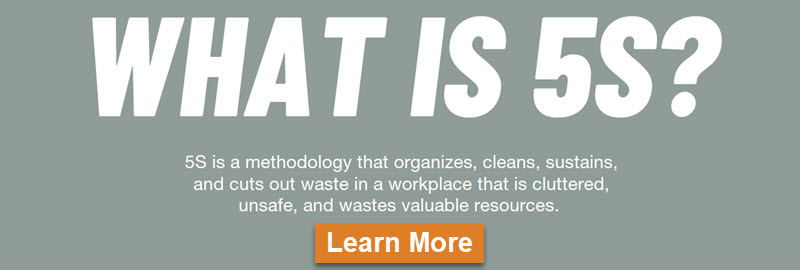
Test Your Q&A Skills In Your Next Safety Meeting

Not everyone wants to field questions during or after a presentation, especially if the topic is controversial, such as a change in safety procedures. Sometimes a question-and-answer session – provided it’s handled properly – is the most effective way to encourage participation and engagement in your safety efforts.
In fact, a question period is a good way to ensure that you do know your stuff (and even if you don’t, there’s no loss of credibility if you’re able to say, “I don’t know the answer to that one, but I’ll find out for you.” Try these techniques for handling safety meeting questions:
1. Prepare a list of likely questions in advance – Don’t be afraid to ”rehearse” your answers aloud. And make sure you’ve got the data to back them up.
2. Ask for clarification if needed – Remember that not all questions are asked in order to get information or clarification. Sometimes people ask them to be spiteful, annoying or just to hear themselves talk.
3. Be direct – Try to be diplomatic with your response; encourage short questions and discourage drawn-out debate.
4. Summarize – Conclude the question period with a summary of your topic and a reminder of what actions, if any, are to be taken by participants.
5. Discuss expectations – Let your audience know beforehand if it’s all right to ask questions during your presentation. Also make sure to indicate whether you’ll welcome questions later. This gives people a chance to think about what they’ll ask.
6.Guidelines – Explain clearly the guidelines for questions, including how much time will be allotted for them and that they must stick to the topic being discussed.
So, what happens if you want to encourage questions but the audience just sits there in stony silence?
Perhaps you’ve spoken too long. This can be a question-killer. Or perhaps you haven’t convinced your audience that it is safe to ask a question—that there will be no ridicule, no rudeness and no sarcasm.
Try starting things off by asking yourself a tough one. It alerts the audience that tough questions are okay, and it often elicits questions.
Try a little humor. Sometimes simple statements such as, “Wow, I must have given a perfect presentation” will loosen things up enough to give someone the nerve to ask the first question.
Once the questions start coming, a good speaker should become a good listener:
First, avoid distracting gestures. Don’t show by mannerisms or expressions what you think of the question.
And secondly, maintain eye contact. The question deserves your full attention. Be cordial. Be open. Be patient. And never, ever convey that the person asked what you thought was a dumb question.

